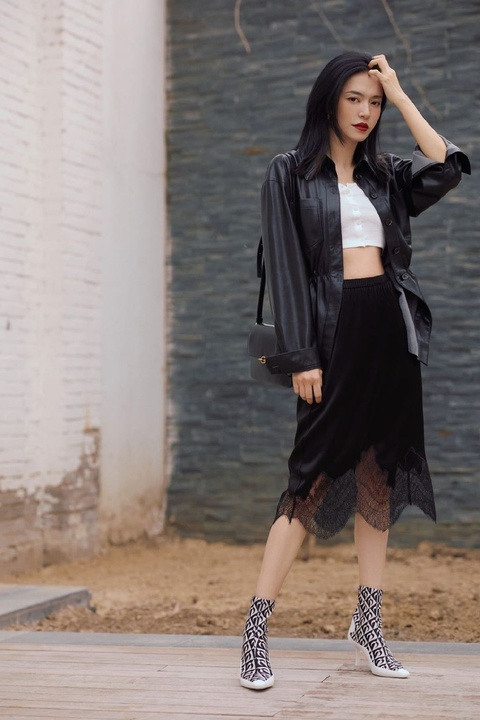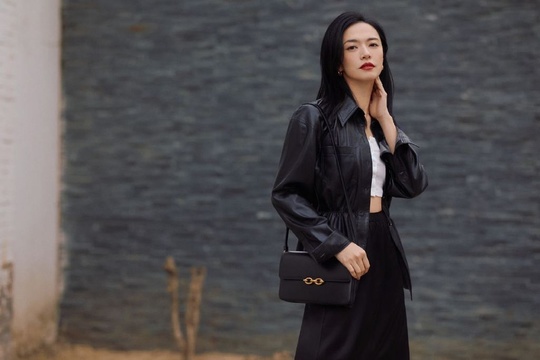Chat GPT-3D: A Revolutionary Way to Create Art
Artificial intelligence has permeated nearly every facet of our lives, from the way we communicate to the way we drive. But now, a new and exciting development has emerged in the art world: Chat GPT-3D, a cutting-edge AI technology that uses natural language processing and 3D visualization to create stunning works of art. In this article, we will explore the impact of Chat GPT-3D on the art world and examine its potential to revolutionize the way we think about and create art.
The Birth of Chat GPT-3D

Chat GPT-3D is the brainchild of a team of researchers and AI experts who sought to harness the power of language and visual expression in a single, cohesive system. Building on the foundation of GPT-3, a state-of-the-art language model developed by OpenAI, the team combined natural language processing with 3D rendering techniques to bring a new dimension to AI-generated art. The result is a system that can interpret text-based prompts and transform them into immersive 3D artworks.
Unleashing Creative Potential
One of the most compelling aspects of Chat GPT-3D is its ability to unleash the creative potential of individuals who may not have traditional artistic skills. By simply describing their vision in natural language, users can prompt the AI to generate intricate 3D scenes, characters, and environments. This opens up a world of possibilities for people to express themselves and bring their ideas to life in ways that were previously inaccessible to them.
Collaborating with AI
Chat GPT-3D also presents new opportunities for collaboration between human creators and AI. Artists, designers, and storytellers can use the system to quickly iterate through different concepts, providing text-based input to guide the AI’s creation process. This collaborative approach can lead to the emergence of entirely new forms of art and storytelling, blurring the lines between human and AI creativity.
Exploring New Artistic Frontiers
With the ability to generate rich, detailed 3D visuals based on text descriptions, Chat GPT-3D has the potential to open up new artistic frontiers. It can be used to create immersive virtual worlds, design interactive experiences, and even produce assets for video games and films. This versatility allows artists and creators to push the boundaries of what is possible in the realm of digital art, offering a glimpse into an exciting future of AI-augmented creativity.
Ethical and Societal Implications
As with any emerging technology, Chat GPT-3D raises important ethical and societal questions. How will the rise of AI-generated art impact traditional artistic practices and the livelihoods of professional artists? What are the implications for issues such as intellectual property rights and authenticity in a world where AI can create original works of art? These are complex issues that will require careful consideration as AI continues to play a larger role in the creative landscape.
Challenges and Limitations
While Chat GPT-3D holds tremendous promise, it is not without its challenges and limitations. The AI system must be carefully trained to accurately interpret and visualize diverse artistic concepts, and it may struggle with abstract or subjective prompts. Moreover, ensuring that the generated artworks are truly original and ethically sound presents a significant technical and ethical challenge. These obstacles will need to be addressed as the technology continues to evolve.
The Future of Chat GPT-3D
Despite the challenges, Chat GPT-3D represents a monumental leap forward in the intersection of AI and art. Its potential to democratize creativity, foster new forms of collaboration, and redefine artistic expression makes it an incredibly exciting prospect for the future. As research and development in this field continue, we can expect to see Chat GPT-3D reshape the art world in ways we could have never anticipated, ushering in a new era of AI-driven artistic innovation.


